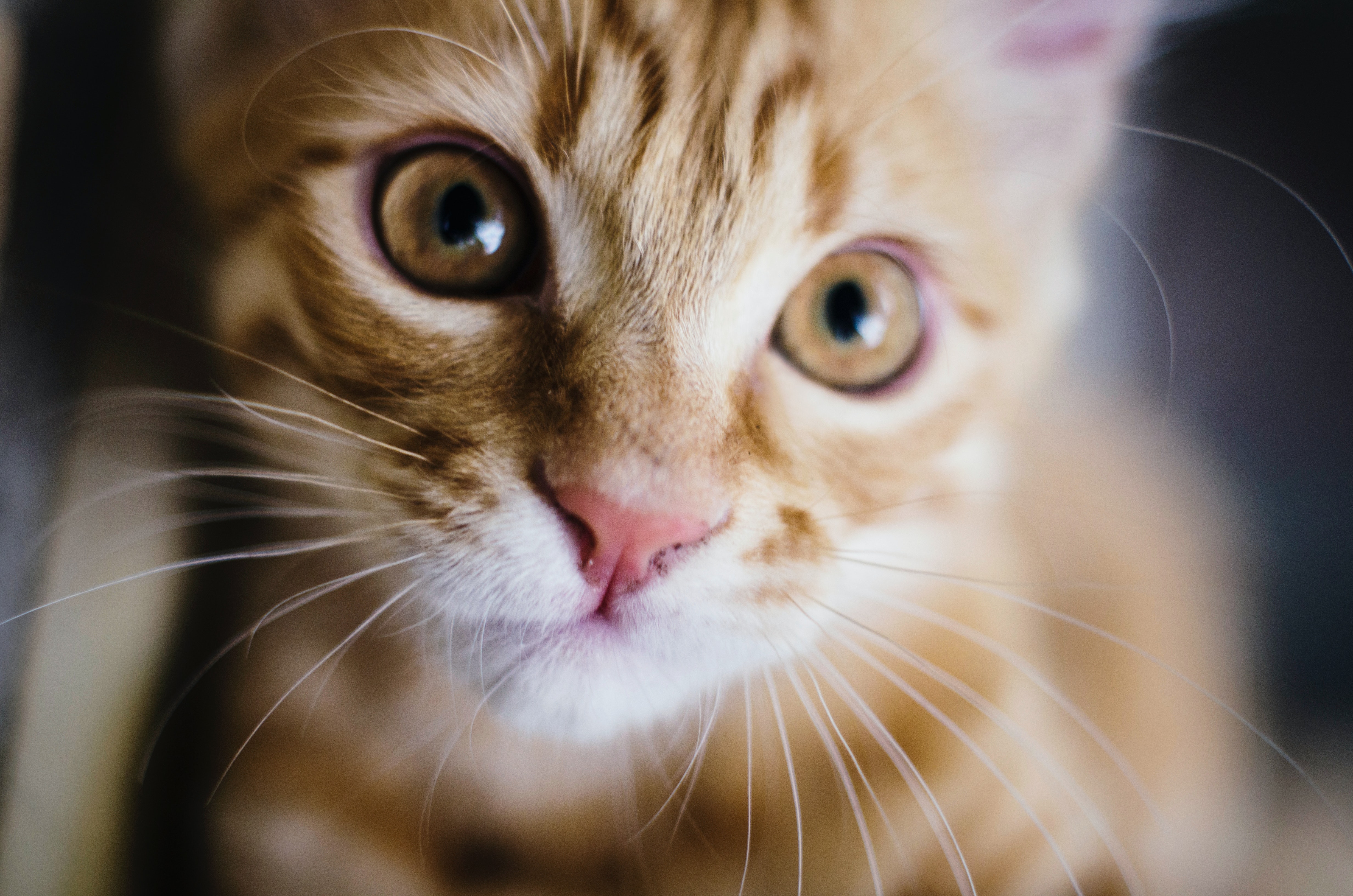
Have you ever wished that you and your cat could speak the same language? It can be frustrating not knowing why they’re meowing at you, which is just one of the sounds felines make. However, there are different purposes for each of the different sounds that your cat makes. Some indicate happy feelings, while others are an expression of feeling scared or uncomfortable.
Learning the meaning behind the sounds can help you determine the reason behind your cat’s meows and react accordingly. It’ll also strengthen your bond and your cat’s trust in you.
The pet care supplier Itch Pet have put together a guide on the five key noises cats can make, what they mean, and how to respond.
1) Meowing
The standard meow is the noise most associated with cats, which has a medium pitch and length. An adult cat will mainly use this noise to communicate with humans rather than other cats.
Cats often meow for attention from their owner and to ask for strokes, play, food, or go outside. When cats repeatedly meow, they are likely excited.
If the meow becomes high pitched, the cat may have been suddenly startled or hurt.
A low-pitched meow suggests an ongoing grievance, such as if the cat’s dinner is late by quite a while.
A shorter meow, known as a ‘mewl’, is commonly used to greet owners, and a loving leg rub may accompany it.
If your cat meows excessively, take them to your veterinarian for a medical check-up.
2) Yowling
A yowl or a howl is a longer type of meow, which cats use to communicate with one another.
Yowling is often how a cat tells you something is wrong such as if you’ve forgotten to change the water or you need to clean the litter tray. If you follow your cat, they may take you to the problem.
It can signify discomfort and worry, too, which is often a reaction to a new environment or feeling unwell. A yowling cat may be bored, so ensure they have enough mental and physical stimulation.
As well as this, cats often yell when they feel territorial or are calling for a mate.
3) Chirping
Cats often make a chirping noise, also known as chattering, when watching birds or other types of prey from a window. It’s believed to either indicate their predatory excitement, stress over not being able to hunt the prey or a way to imitate the bird noises as a hunting tactic.
The cat may chirp to get your attention to show you something they’ve seen.
4) Purring
Cats often purr, which sounds like a low-pitched and soft rumble, when their owner fusses them to express contentment and pleasure. Another name for purring is the ‘feline smile’.
However, cats sometimes purr as a self-soothing technique if they’re nervous, uncomfortable, or in pain. According to research, purring can actually help cats get better when ill.
If a meow accompanies the purr, they may be hungry.
Look for other behavioural signs to determine the difference between these purrs as you need to take the cat to the vet. Happy purrs are often accompanied by kneading and have relaxed whiskers and ears, lying on their back with their belly exposed, half-closed eyes, and a still tail.
An anxious cat may have wide eyes, whiskers pointed forwards, pricked ears, sat in a crouching position, or hiding. If the cat is depressed, their ears and whispers may droop, with their eyes looking down.
5) Hissing
A hiss is how cats react to feeling threatened and warn a person or animal to back off. Hissing can be accompanied by spitting, snarling, and growling too. Leave your cat alone if they make any of these noises.
Being aware of the different sounds felines can make, and the meaning behind them can help you understand your cat’s behaviour to increase their happiness and identify any issues. As time goes on, you’ll likely learn your individual cat’s needs and automatically recognise their different communication noises.

